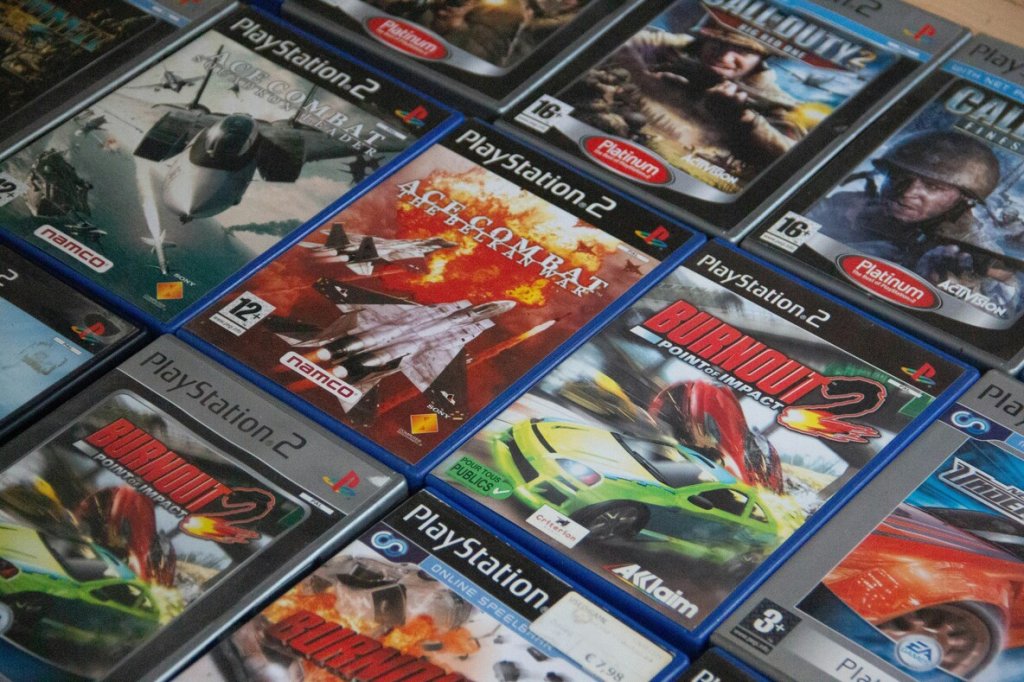Adaptability is a crucial to video game development, as it allows developers to respond quickly to various aspects such as changing player demands, market trends and feedback.
From puzzle games to action video games, one key approach to this is the agile methodology, which emphasises flexibility, project progress and continuous improvement.
This helps teams when upskilling in video game development to refine games accordingly to changing conditions. Not only can this enhance the quality of a final video game product but also ensure that the video game experience is as relevant and as engaging as possible for players.
Studying a Gaming course at SAE can help instil this forward-thinking mindset. By embracing adaptability via professional training, game designers and developers can create innovative and high-quality games across game genres that resonate with players worldwide.
Are you looking to study a gaming degree? Get in contact with our team to find out more.
Video game industry
Playing video games has evolved from a niche hobby to become recognised as a global phenomenon for people worldwide, driven by technological advancements and customer demand. This has led to the shift from arcade and home consoles to mobile, online, and Virtual Reality and Augmented Reality gaming experiences that are now common in daily life.
The first arcade game was Computer Space launched in 1971, then the first home console, the Magnavox Odyssey, arrived the following year. This was followed by the commercial success of Atari’s Pong in 1972, which drove early growth in both arcades and home markets.
We all know the famous names and gaming franchises with even non gamers familiar with the likes of Super Mario, Donkey Kong, the Assassin’s Creed and Grand Theft Auto. Now, gamers are driving a demand for new and enhanced user experiences while technologies such as cloud services, Artificial Intelligence (AI), and user-generated content (UGC) are all influencing how games are accessed, played, and created.
Due to widespread smartphone adoption and the implementation of 5G, mobile gaming is now a key market for developers too. The mobile gaming industry accounts for a significant portion of the video games market, with previous research showing how it is projected to be worth over $126bn (£95bn) in 2025 and grow to $164bn by 2030. As with any creative industry, upskilling in video game development is essential for professionals wanting to stay competitive and work on exciting projects.
Why is adaptability in game design important
By paying sustained attention to trends within the gaming industry, both in the way they are played and how they are made, professionals can ensure gaming experiences are relevant and aligned with player expectations.
Studios that fail to adapt are at a significant disadvantage – and this can lead to project failure and lost market share.
This can have negative effects on teams and projects while developers who stick to the tools and approaches they know rather than utilising new methodologies can become inefficient and put themselves at risk of being over taken by any competitors.
Clearly, not all video games are the same and, as the video game industry evolves, so does the demand for developers with flexible and adaptable mindsets. The greater your expertise in cutting-edge technology, methodology, and strategic thinking, the better your understanding of how real world problem solving can be applied to game design.
What issues do game developers/teams face?
Even with the best planning, game development within the video game industry is fraught with unexpected problems. Often, budgets and briefs can change, meaning projects can stall.
Agile and iterative development is therefore an essential for successful developers and is built on the principle of constant adaptation. By creating prototypes and refining features in short ‘sprints’, teams can quickly test ideas and adjust their approach to tasks based on what works for different types of products from educational games to strategy games.
Studios that build flexibility into their project’s architecture can remove or rewrite large chunks of code when needed, rather than being locked into an unworkable system.
Many games designed by big teams at AAA developers in the video game industry will require a range of abilities which is why upskilling in video game development is so valued. Changing circumstances requires a flexibility within a workforce that can lead to talent gaps if not present.
How to foster a growth mindset when designing video game play
There are a different ways to hone an adaptable mindset within the world of game development. Some of these techniques include the following.
Follow news channels and gaming social media influencers
Staying on top of the latest trends and developments in the video game sector can help professionals become more adaptable. News outlets such as TechCrunch or Gamesradar can be subscribed to while different social media influencers can also be followed. Some include Tubbo, a Minecraft commentator, and Ali A, a specialist in first‐person shooters and mainstream console gaming.
Leverage new tools
Many new technologies, platforms and tools are available to gaming professionals that can help shape new gaming experiences. By staying on top of the latest development software and tools, gaming professionals can remain abreast of the latest trends and skills to inform their creations. Rather than ignoring or fearing new tools, it’s important to test them and explore how they can enhance your workflow.
A recent study of more than 600 game developers in the United States, South Korea, Norway, Finland, and Sweden found that 97 percent of respondents believe generative AI is reshaping the industry. Further findings showed how a majority (90 percent) are already integrating this technology into their workflows.
Working as part of a supportive environment
One of the key factors that influences adaptability is how you perceive and interpret the events that happen to you and your team. A positive mindset can help you see challenges as opportunities, focus on solutions rather than problems, and celebrate achievements rather than dwell on mistakes.
To cultivate a positive mindset, you can practise gratitude, optimism, and self-compassion. You can also encourage your team members to share their successes, feedback, and appreciation with each other. By doing so, this can help establish a culture of continuous learning.
Upskilling staff and teams
Upskilling existing staff is important for embedding adaptability. Studios that invest in continuous learning create a culture of innovation to help position themselves at the forefront of industry trends. Workshops, internal training events, hackathons, and experimental development sprints can encourage developers to explore new tools and methods in a risk-free environment.
Game jams
Game jams provide developers with the opportunity to come together with their peers to work on a new project and can be a fantastic way of sharing knowledge, experience and insights in work environment.
As part of SAE’s educational settings, we often host game jams, inviting students from a wide range of institutions to come together both in person and online to work on new games.
Collaborate with tech providers
Partnerships with video game industry tech firms can help accelerate the adoption of new tools and platforms, keeping developers ahead of the curve.
Co-development between tech companies and developers in shaping the video game experience can take different forms – expertise is shared, specific tasks like art or sound outsourced and promotional partnerships involving joint marketing efforts embarked upon.
Master problem solving abilities
To master problem-solving as a game developer, systematically define and break down problems, then brainstorm and choose the best solution before implementing and testing it. Practice regularly with projects, analyse and deconstruct other games, and collaborate with others to develop a robust problem-solving toolkit.
Implement and test
Write the code for a game, but don’t aim for perfection on the first attempt. Instead, focus on getting a working prototype quickly. Test your solution thoroughly and be prepared to iterate and make changes.
While all feedback is invaluable, effective strategies include finding unbiased testers who play video games. This way developers can see how gamers interact when playing video games and make notes of any issues where the experience becomes confused or overly challenging.
Testing can also take place as voting or polls on Twitch, forums or on social media.
Seek and embrace feedback
Listening with open ears and avoiding getting defensive are effective and important ways of securing feedback on a gaming project. Record all comments, even those you disagree with, digest, then process them later with a calm mind.
If there is a pattern of feedback, then this can point to the most significant issue with a potential product or game. When a player suggests a solution, ask clarifying questions to understand any underlying problem. Their proposed fix may not be the most effective, but their reason for suggesting it can be valuable data to inform and update your project.
Studying a degree
With gaming companies on the lookout for talented game designers, programmers and testers, now’s the perfect time to study a gaming degree.
At SAE, you’ll learn how to design and develop next-level video games while advancing your game development and design skills. It’s a surefire way to help you when upskilling in video game development.
STUDY games at SAE
Whether you want to study Games Programming, Game Design or Game Art and Animation, our Gaming faculty has an array of courses to suit you and your ambitions.
Our state-of-the-art facilities and expert tutors are well placed to give your career the best possible start in exciting and creative sector.



































